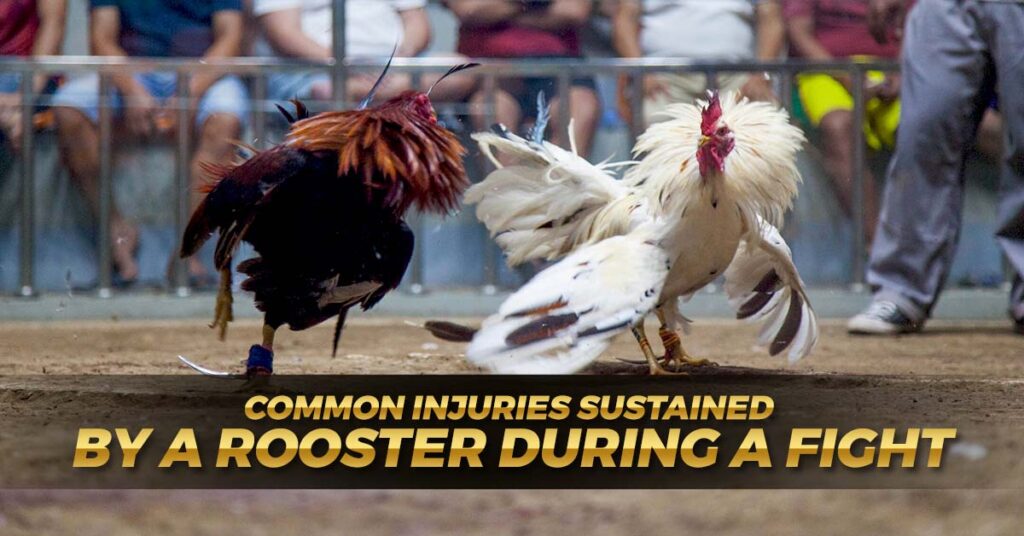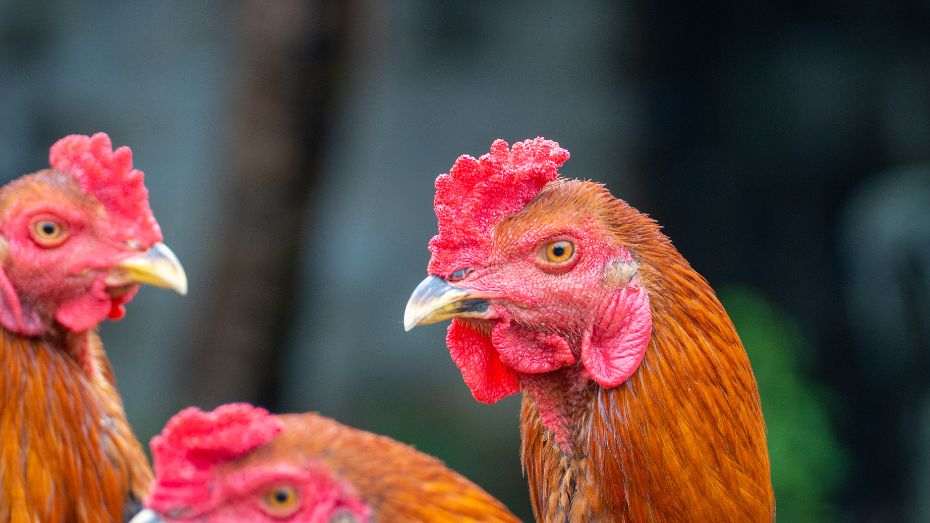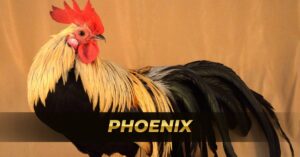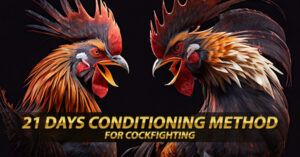Rooster Battle Injuries: Understanding and Addressing Common Wounds

Roosters engaged in intense cockfights face a myriad of potential injuries, relying solely on their spurs and gaffs for defense and offense. This brutal sport often leaves the defeated rooster with severe wounds, and understanding these injuries is crucial for responsible owners. Let’s explore the common wounds sustained by roosters during and after a fight, and how owners can ensure their well-being.
Fractured Bones: A Consequence of Intense Combat

High-force collisions and falls during a sabong in ph can lead to fractured bones in roosters. The intense battles involve pushing, headbutting, and wing flapping, putting any bone at risk. Not limited to wings, broken bones can occur anywhere in the rooster’s body, impacting their ability to fight again or, in severe cases, leading to their demise.
Understanding the Severity of Fractures
The severity of fractured bones varies, influencing both recovery time and potential long-term effects on the rooster’s combat abilities. Minor fractures may only require rest and limited activity, while more severe cases might demand surgical intervention. Responsible owners must keenly observe their roosters and consult with veterinarians to determine the most effective course of action for each unique case.
Implementing Preventive Measures
To reduce the risk of fractures, owners can implement preventive measures such as providing a spacious and padded fighting arena. Proper conditioning and regular health check-ups are essential to identify potential weaknesses in the rooster’s skeletal structure. By addressing these concerns proactively, owners can contribute to the overall well-being and longevity of their roosters.
Cuts and Abrasions: Gaffs and Lacerations

Natural spurs are replaced with metal gaffs for cockfights, resembling ice pick blades. When roosters attack, these gaffs can cause deep lacerations. Despite the severity, some roosters may survive being pierced, showcasing their resilience in the face of life-threatening wounds.
The Role of Proper Training
Proper training plays a significant role in minimizing the risk of severe cuts and abrasions. Owners can focus on techniques that enhance a rooster’s defensive skills, reducing the likelihood of sustaining injuries during a fight. Additionally, regular inspection of the gaffs for sharpness and integrity is crucial, ensuring they remain effective without causing excessive harm to the birds.
Post-Fight Wound Care
After a cockfight, immediate and meticulous wound care is essential. Owners should clean and disinfect any cuts or abrasions to prevent infections. Applying appropriate topical treatments and, if necessary, seeking veterinary assistance can expedite the healing process and mitigate the risk of complications.
Eye Injuries: Spurs and Frequent Contact

Roosters frequently experience eye injuries due to the spurs they wield in cockfights. The sharp blades can lead to bleeding in one or both eyes, posing a serious threat to their well-being after a match.
Protective Measures for Rooster Eyes
To minimize the risk of eye injuries, owners can explore protective measures such as specially designed goggles for roosters engaged in cockfights. These goggles act as a barrier, reducing the direct impact of spurs on the eyes. While not foolproof, they offer an additional layer of defense against potentially devastating injuries.
Recognizing Early Signs of Eye Injuries
Early detection of eye injuries is crucial for effective intervention. Owners should closely monitor their roosters for signs of eye distress, such as excessive blinking, discharge, or changes in behavior. Timely veterinary consultation can address issues before they escalate, preserving the rooster’s vision and overall health.
Respiratory Problems: The Risk of a Punctured Lung

One of the most severe consequences of a sabong in ph is a punctured lung, often resulting in immediate death. While some roosters may survive with this injury, their lifespan is significantly shortened. Responsible owners must be aware of the gravity of respiratory problems and seek immediate medical attention.
Understanding the Impact on Lifespan
Roosters that survive a punctured lung may face shortened lifespans due to compromised respiratory function. This underscores the importance of post-fight health assessments and prompt veterinary care. Owners should be vigilant for signs of respiratory distress, such as labored breathing or wheezing, and act swiftly to ensure the rooster’s well-being.
Preventive Measures and Regular Health Checks
Preventing respiratory problems involves maintaining a clean and well-ventilated living environment for roosters. Regular health checks, including auscultation of lung sounds, can help identify potential issues early on. By addressing respiratory concerns promptly, owners contribute to the overall health and longevity of their prized birds.
Sprains and Strains: Consequences of Strenuous Activity

Fighting roosters engage in strenuous physical activity, leading to injuries like sprains and strains. Joint and muscle discomfort, along with reduced range of motion, are common. Owners can alleviate these issues through relaxation techniques like light massages and rest, but severe cases necessitate veterinary intervention for accurate diagnosis and treatment.
Balancing Exercise and Rest
A well-rounded approach to rooster care involves balancing exercise with adequate rest periods. Owners should design training routines that minimize the risk of sprains and strains, incorporating warm-up and cool-down exercises. Providing ample recovery time between fights is essential to prevent chronic injuries and promote overall muscle and joint health.
The Role of Professional Veterinary Care
In cases of severe sprains or strains, professional veterinary care is indispensable. Owners should not hesitate to seek expert advice for accurate diagnosis and tailored treatment plans. Physiotherapy, medications, and specific exercise regimens prescribed by veterinarians can significantly improve the rooster’s recovery and long-term well-being.
Recovery from Fractured Bones: A Variable Timeline

The recovery period for roosters with fractured bones varies based on severity and treatment. With proper care, including rest and potential splinting or casting, minor fractures may heal within weeks. Severe fractures or those requiring surgery might extend the recovery to a couple of months. Veterinary consultation is crucial for a precise diagnosis and tailored treatment plan.
Monitoring Progress and Adjusting Care
During the recovery process, owners should closely monitor the rooster’s progress. Adjustments to care, such as dietary enhancements to support bone health, may be necessary. Regular veterinary check-ups allow for ongoing assessment and ensure that the rooster’s rehabilitation aligns with the initial diagnosis.
Gradual Reintroduction to Combat: Rooster Battle Injuries
Reintroducing a rooster to combat after a bone fracture requires a gradual approach. Owners should engage in light training sessions to assess the bird’s response and ensure that it has fully regained strength and mobility. Rushing the process can lead to setbacks and potential re-injury, emphasizing the importance of patience in the rehabilitation journey.
FAQs
Conclusion
Understanding the typical injuries inflicted on fighting roosters is essential for responsible ownership. As described by Sabong Filipino, providing appropriate care, seeking immediate medical attention, and maintaining a clean environment are paramount in preventing and treating these injuries. Passionate rooster enthusiasts can actively contribute to the health and longevity of their beloved birds by staying vigilant and informed about potential dangers.























